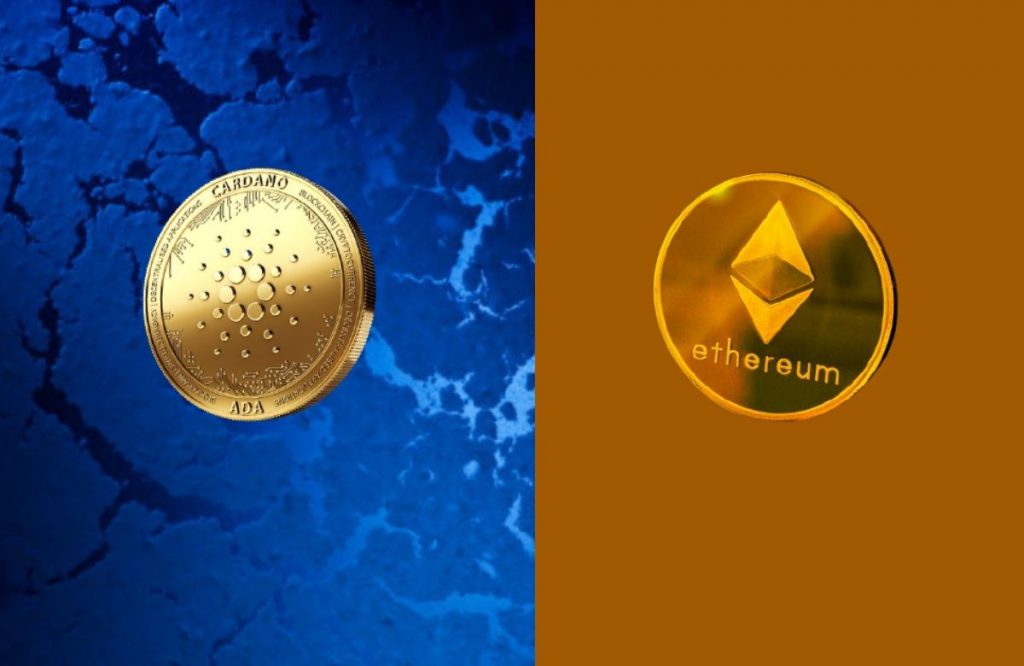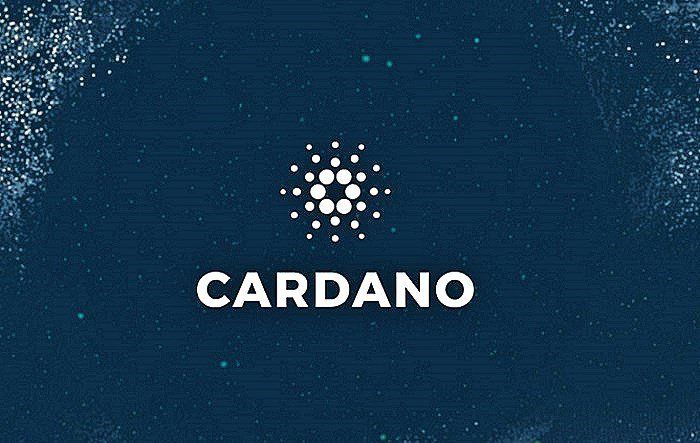Launched in 2017, Cardano has quickly become the world’s third-largest digital asset by market capitalization. Its digital currency, called ADA, is the platform’s secure transactional value. The price of Ada has steadily been increasing since 20th July, when it was trading at $1.02. On 2nd September, ADA reached an all-time high with a value of $3.09.
The surge in demand for Cardano’s ADA token came amid multiple development phases in smart-contract functionality and delegated staking. Its founder, Charles Hoskinson, aims to compete for Ethereum’s spot and eventually Bitcoin’s top spot as a more scalable, secure, and efficient alternative.
What is Cardano?
Cardano is a blockchain platform centered around proof-of-stake. It is the first to be founded on peer-reviewed research and is developed to provide sustainable decentralized application systems. It combines pioneering technologies to redistribute power to the margins (to individuals).
Proof-of-stake and Ouroboros is Cardana’s most environmentally sustainable blockchain protocol. While previously invented cryptocurrencies rely on proof-of-work protocols that consume high power levels, Ouroboros allows the network to scale through peer-reviewed redistribution of power and control.
Cardano’s Energy Efficiency
Cardano’s proof-of-stake algorithm is claimed to be 20,000 times more efficient than Bitcoin’s proof-of-work mining system. Ethereum is also not wildly energy-efficient, as the company strategizes to renovate its systems to a proof-of-stake algorithm, like Cardano.
Proof-of-work protocols use high-powered graphic cards to mine complicated mathematical puzzles. Miners with more computing power solve more puzzles, thus receiving more mining rewards.
Proof-of-stake, alternatively, bypasses the process of intensive computing rigs. Instead, it uses cryptocurrency as a scarce asset that earns block rewards. The user selected to create a certain block depends on the percentage of the total stake that the user controls. Miner’s tokens are therefore used as the collateral that maintains the blockchain rather than spending huge amounts of computing power on proof-of-work tokens.
An issue that arises from using a proof-of-stake model is that systems can, in the long run, lead to users with ever-growing percentages of the stake eventually controlling the entire stake. It can, in theory, lead to particular stake owners controlling the entire blockchain, which defeats community ethos around distributed authority. It brings out an intensive debate on the price of decentralization over ecological concerns.
Cardano vs Ethereum


On the other hand, Ethereum’s simplicity and technical ease have allowed it to gain mass-market adoption. Cardano has yet to fully integrate smart contracts, giving Ethereum full dominance over DeFi and non-fungible token (NFT) ecosystems. Though Cardano has initiated implementing smart contracts, it remains to be seen whether it will gain real-world utility and adoption enough to overtake Ethereum.
How to Invest in Cardano ADA
The value proposition for investing in Cardano lies in its technological advantages and environmental sustainability. It remains the third-best cryptocurrency investment, and at the time of writing, has the price of $2.38 with a 24-hour trading volume of roughly $12 billion.
To buy Cardano ADA, visit major crypto exchanges such as Coinbase Global, Binance, Kraken and Gate.io, among other popular exchange platforms. It is important to be aware of the volatile nature of trading in Cardano Ada. However, it has enough merit to compete favourably with Ethereum in saving gas fees and may eventually stabilize as a top-tier success in the crypto world.





